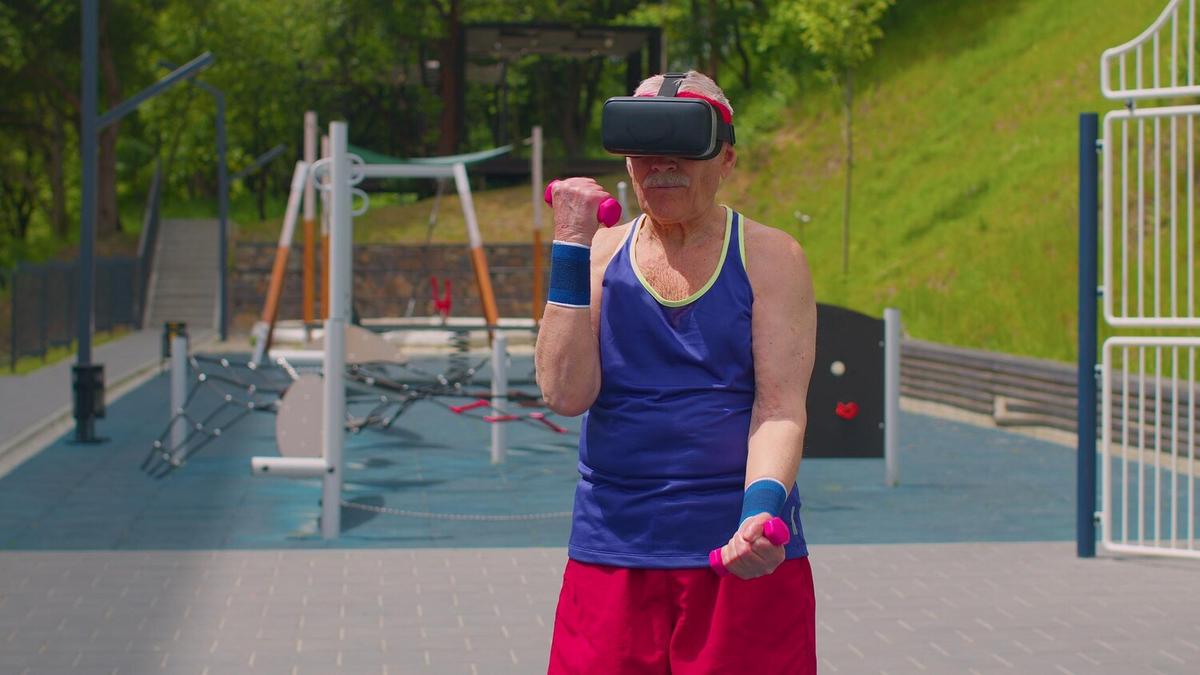As digital technology continues to evolve, the ability to connect people across continents and cultures has never been more achievable. Yet, despite these advancements, a significant portion of the global population remains disconnected from the digital world. This disparity, known as the global digital divide, poses substantial challenges but also presents immense opportunities for growth and innovation.
The global digital divide refers to the gap between individuals who have access to modern information and communication technology and those who do not. With the internet being a pivotal tool for education, economic growth, and social development, bridging this divide is crucial for ensuring equitable opportunities worldwide.
Understanding the Digital Divide
The digital divide can be attributed to several factors, including economic disparities, infrastructure limitations, and educational gaps. According to the International Telecommunication Union, over 3 billion people have never used the internet. This statistic highlights the urgent need for action in connecting underserved regions.
Expert Insights on Connectivity
“Connectivity is not just about internet access; it’s about creating opportunities for education, healthcare, and economic development,” says a renowned technology expert.
Experts argue that advancements in technology, such as 5G networks and satellite internet, can significantly reduce the barriers to connectivity.
Real-World Examples
Consider the efforts in certain African countries where mobile networks are expanding rapidly, bringing connectivity to rural areas. These initiatives have enabled farmers to access real-time market prices and weather conditions, thereby improving their livelihoods.
Actionable Steps to Bridge the Gap
- Invest in infrastructure: Governments and private sectors should collaborate to build robust internet infrastructure in remote areas.
- Promote digital literacy: Educational programs focusing on digital skills can empower individuals to utilize technology effectively.
- Encourage public-private partnerships: Joint efforts can lead to innovative solutions and funding for connectivity projects.
Comparison of Connectivity Solutions
| Solution | Advantages | Challenges |
|---|---|---|
| 5G Networks | High speed, low latency | High cost, urban-focused |
| Satellite Internet | Wide coverage, remote access | Weather dependent, expensive |
| Fiber Optics | Reliability, high capacity | Costly infrastructure |
| Mobile Networks | Accessibility, affordability | Limited bandwidth |
| Wi-Fi Hotspots | Community access, low cost | Limited range, security risks |
| Fixed Wireless | Easy deployment, flexible | Interference issues |
| TV White Space | Rural access, cost-effective | Regulatory hurdles |
| Public Wi-Fi | Free access, widespread | Security concerns |
Consider leveraging community networks, which empower local communities to build their own internet infrastructure tailored to their specific needs.
Frequently Asked Questions
What is the digital divide?
The digital divide refers to the gap between those who have access to technology and the internet and those who do not.
How can we bridge the digital divide?
Bridging the digital divide involves investing in infrastructure, promoting digital literacy, and fostering public-private partnerships.
In conclusion, advancing connectivity is pivotal in bridging the global digital divide. As technology continues to evolve, it is essential to focus on inclusive strategies that ensure everyone benefits from the digital revolution. By doing so, we can create a more connected and equitable world, allowing people everywhere to thrive in the digital age.




Leave a Reply